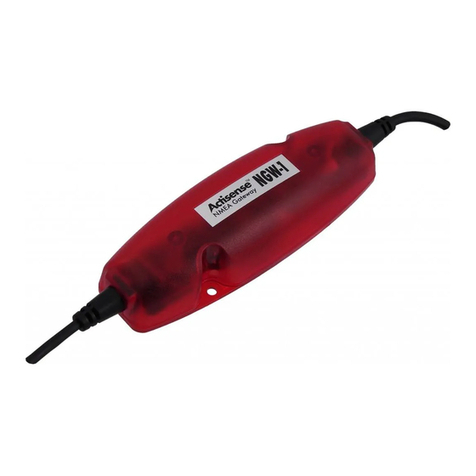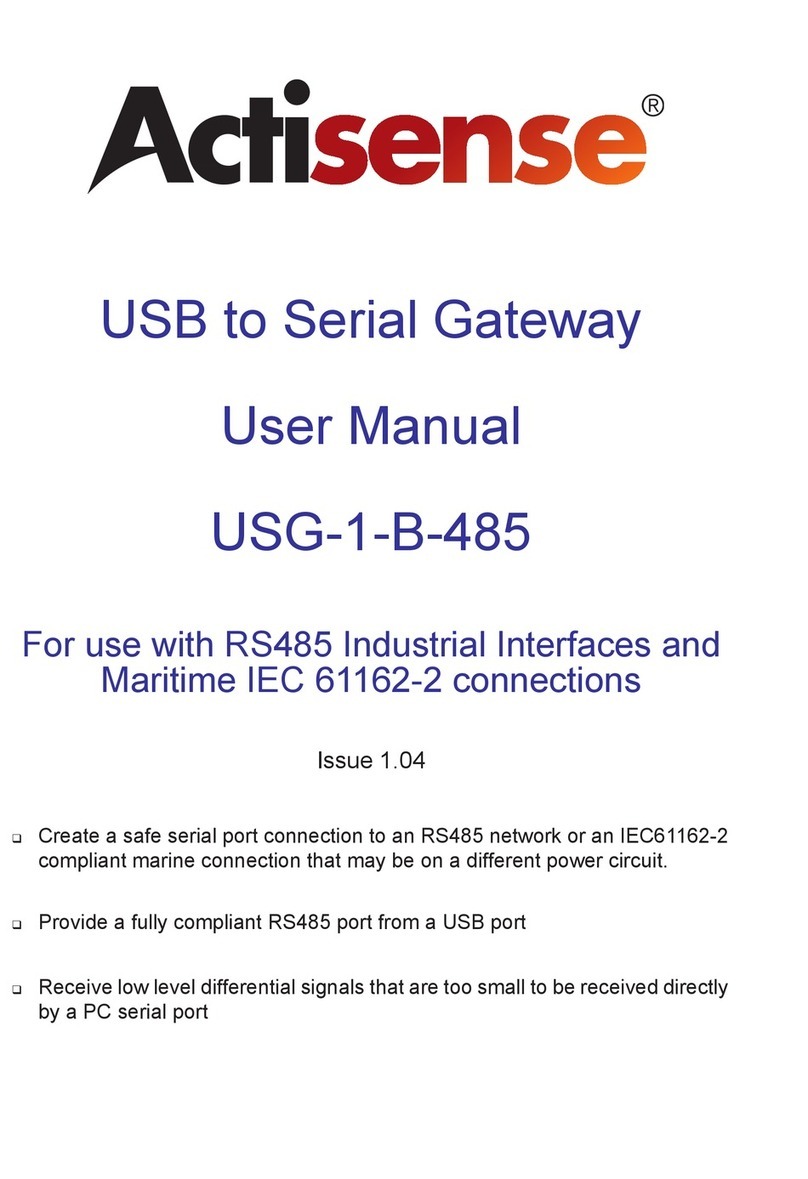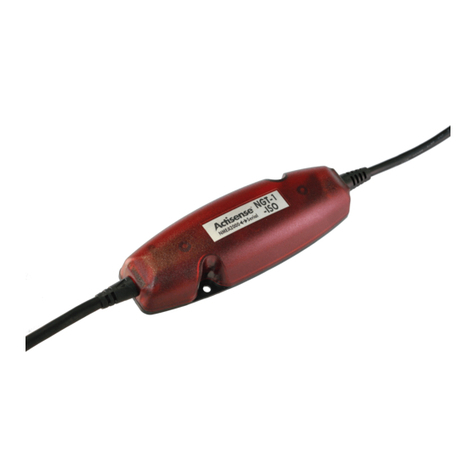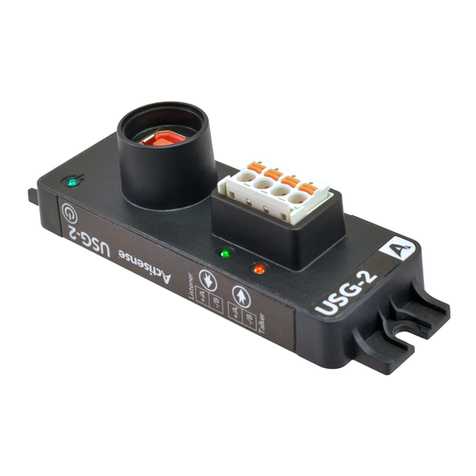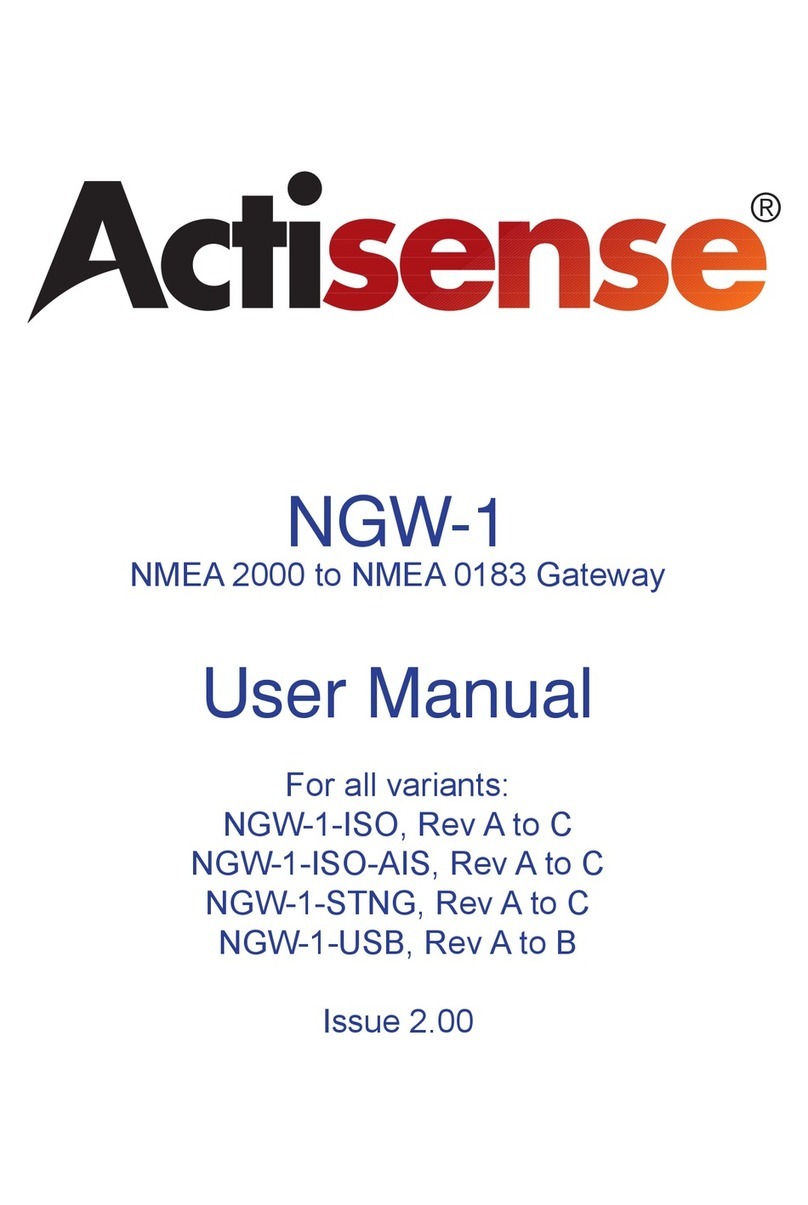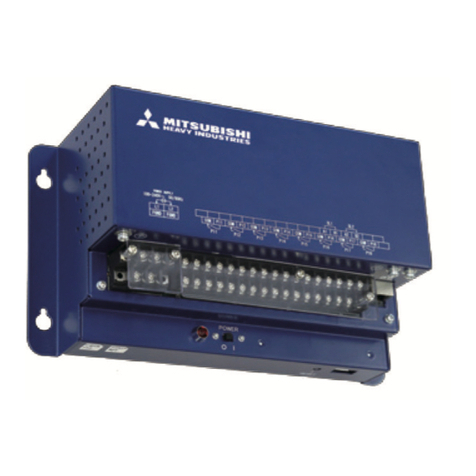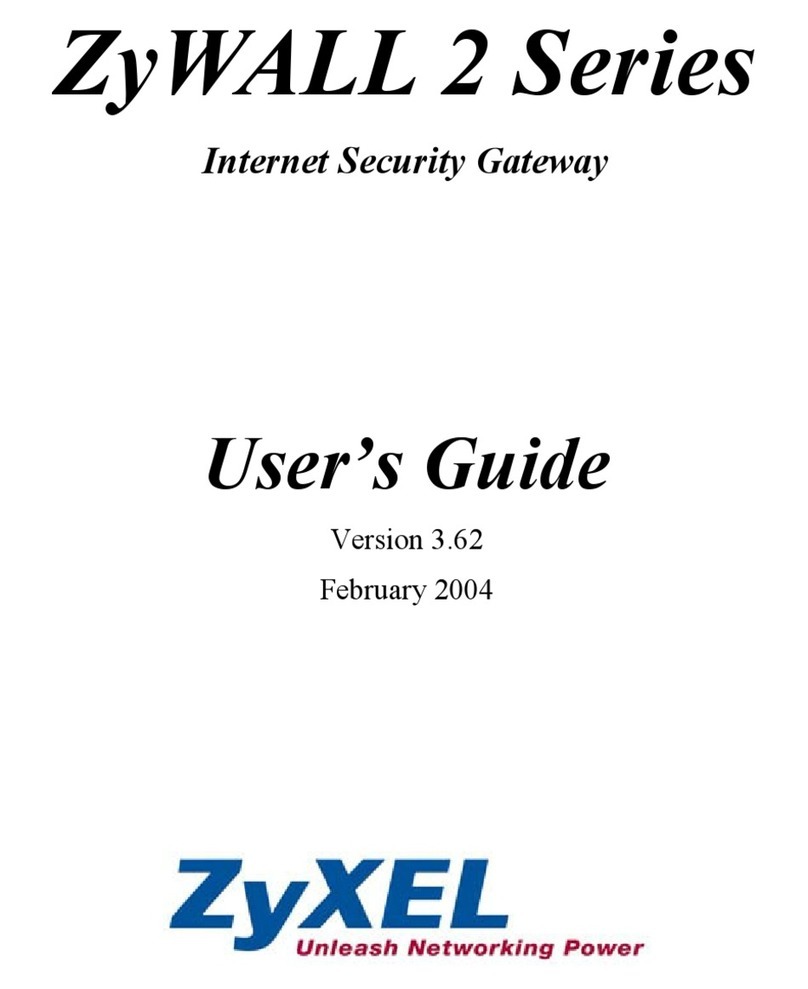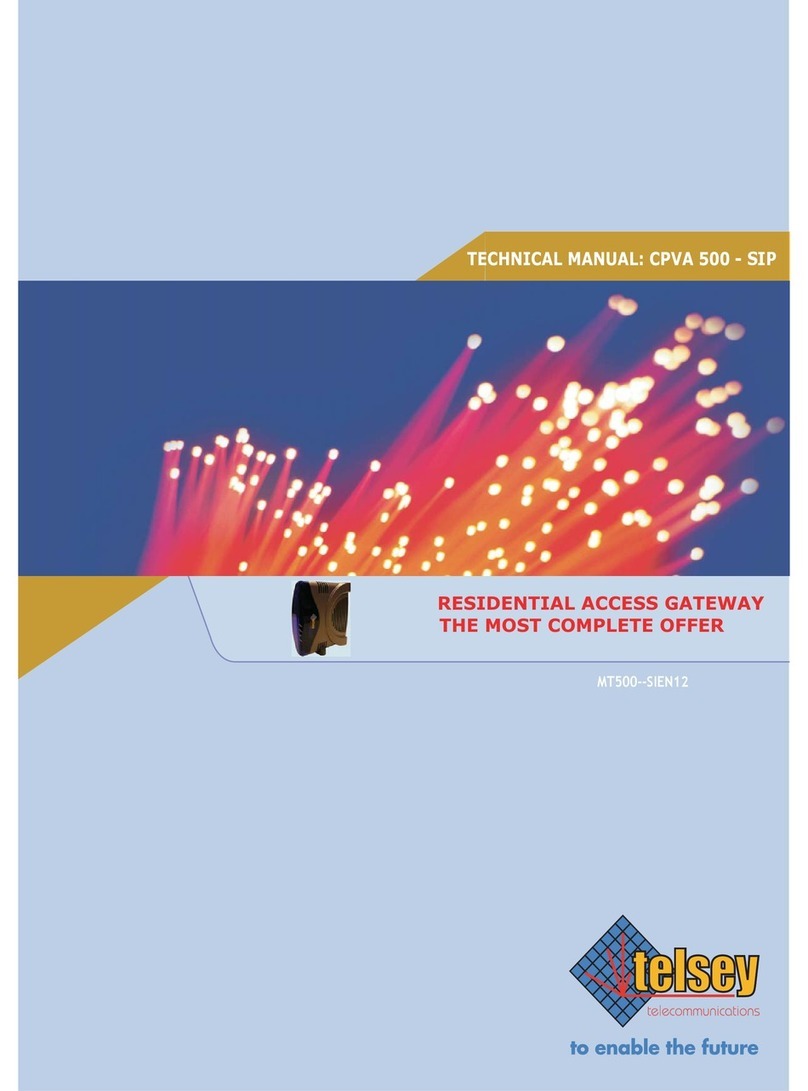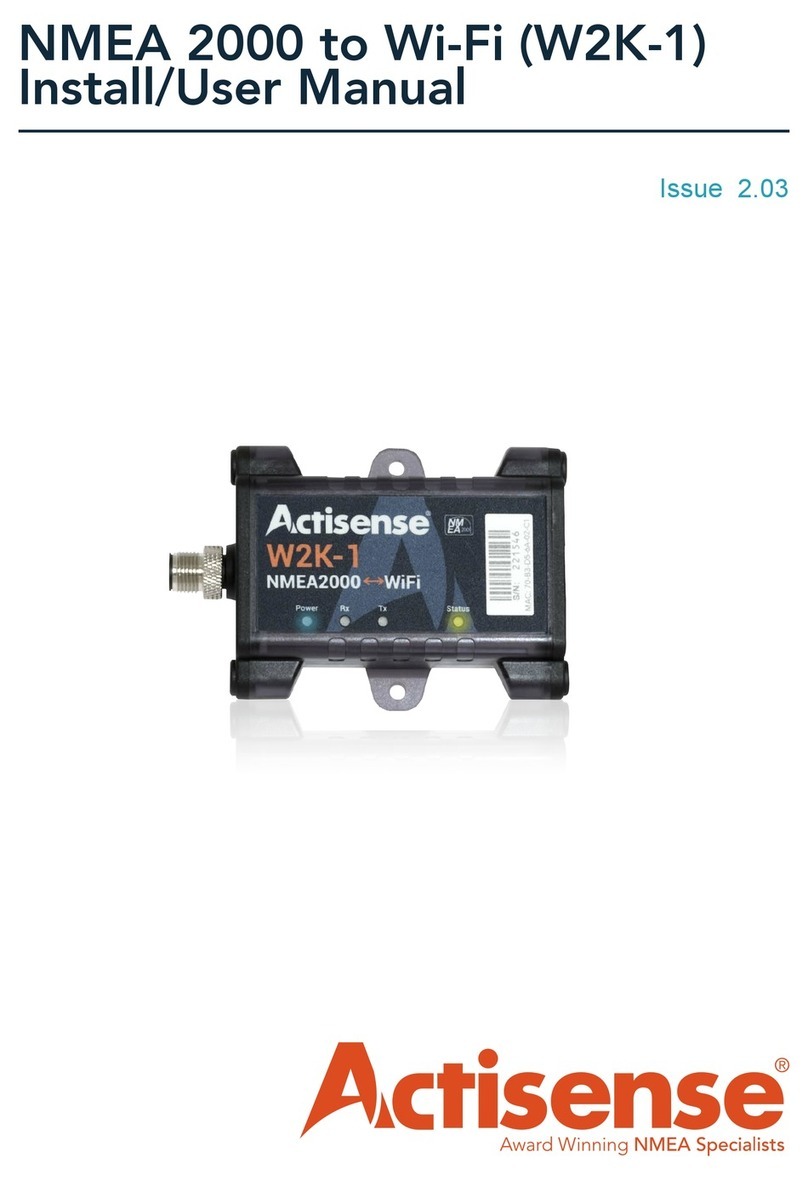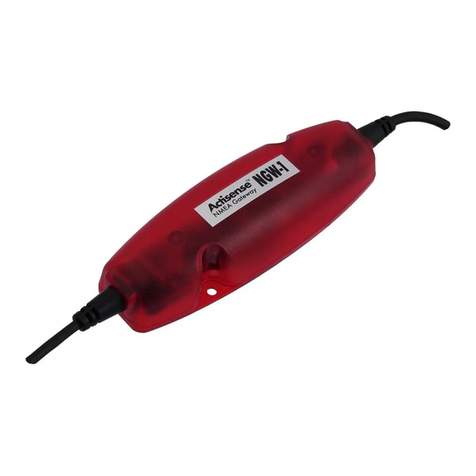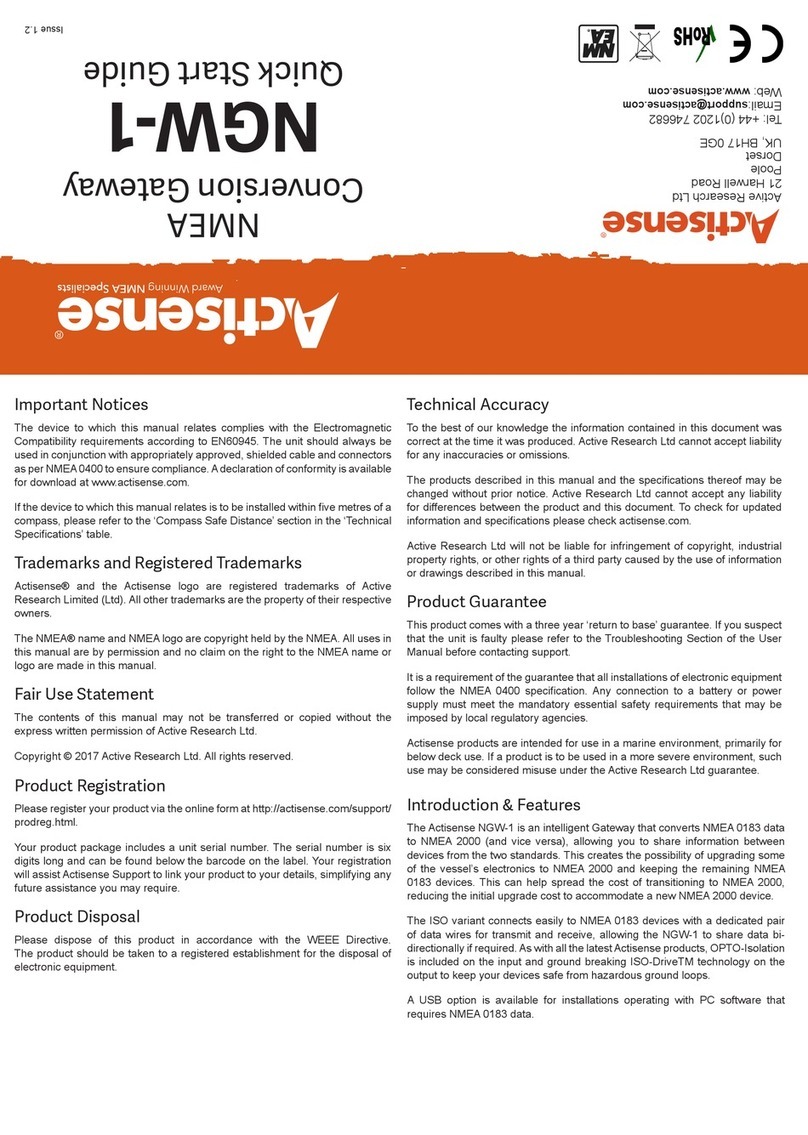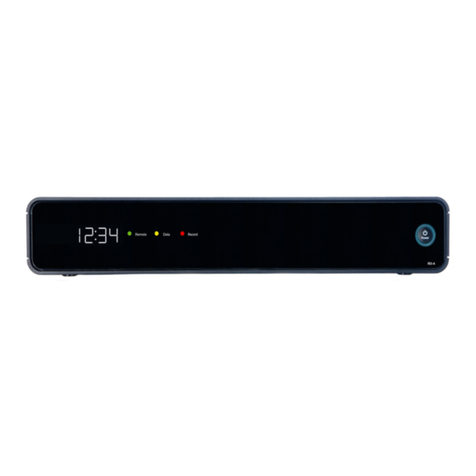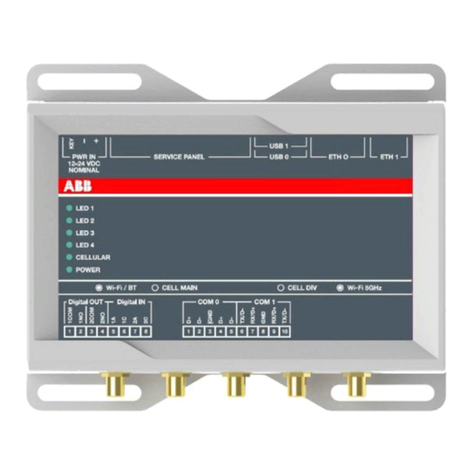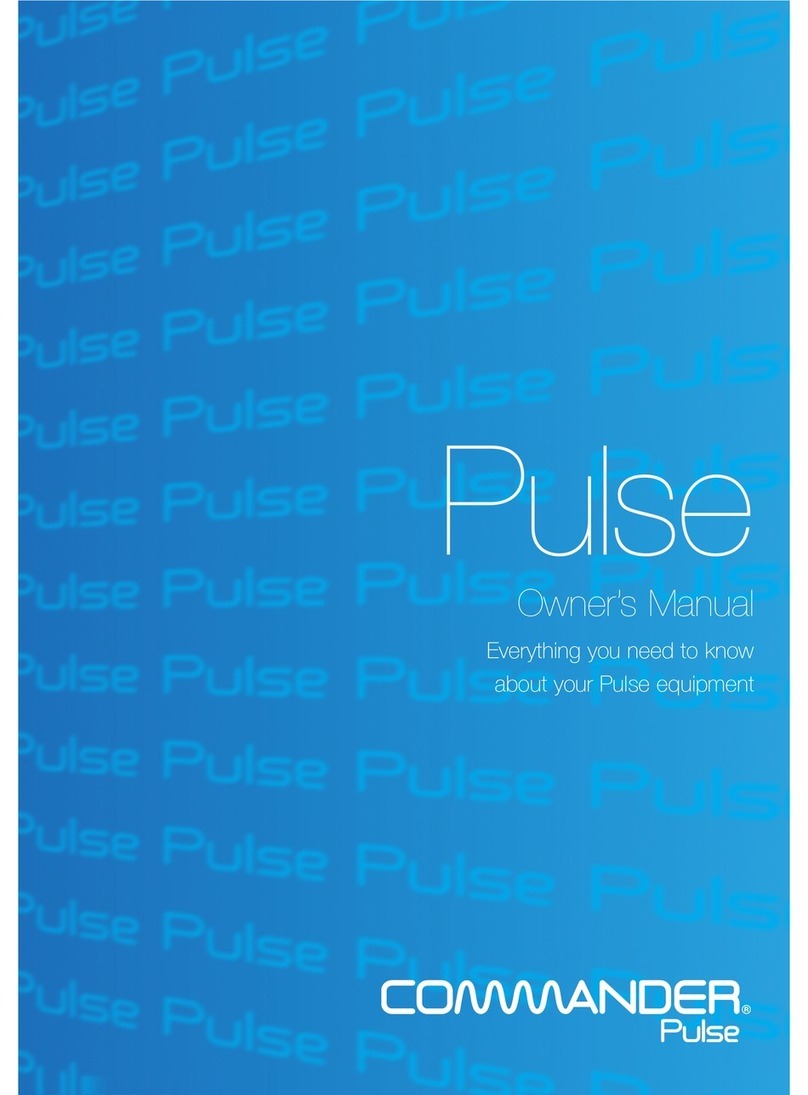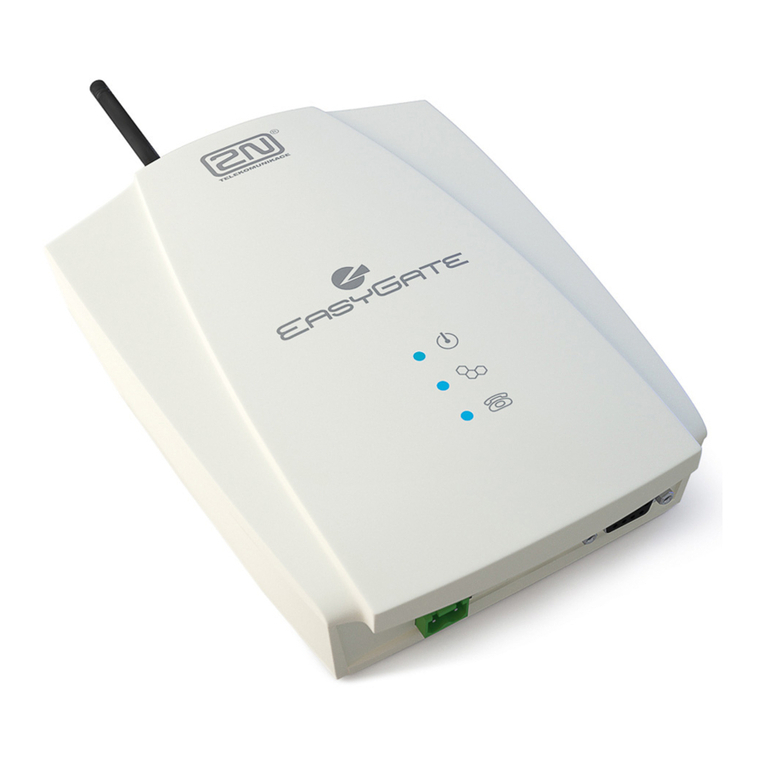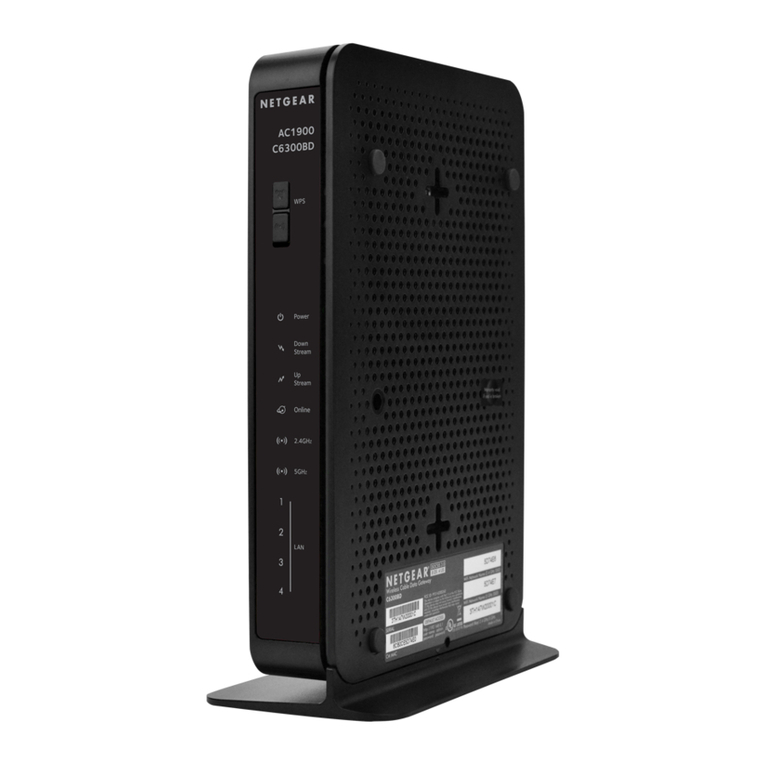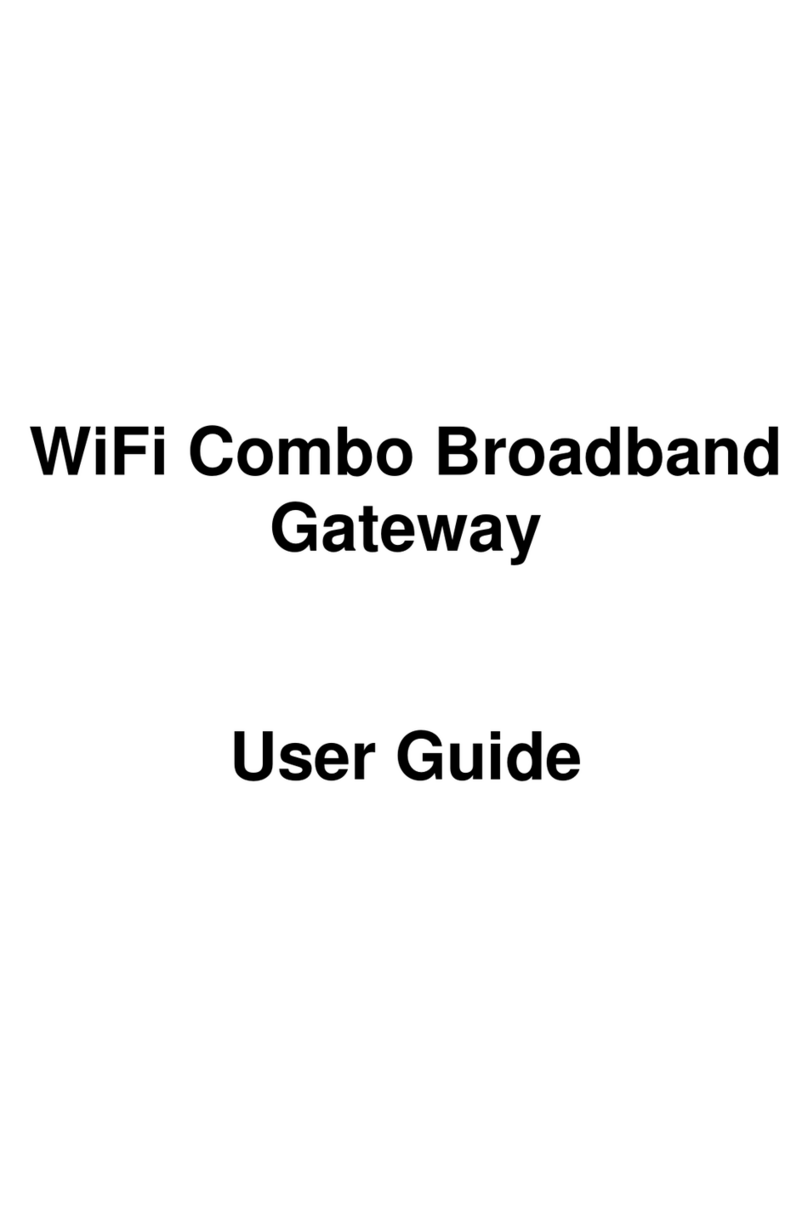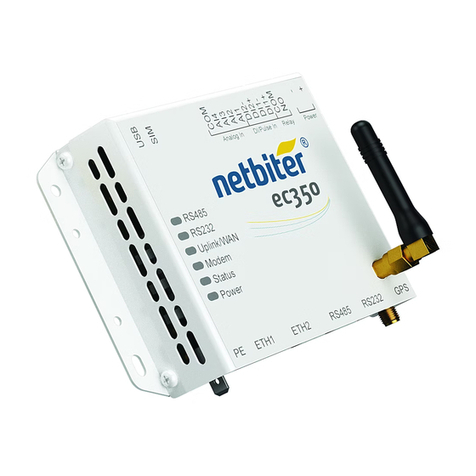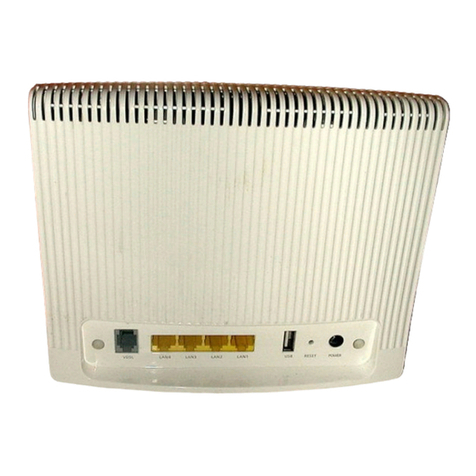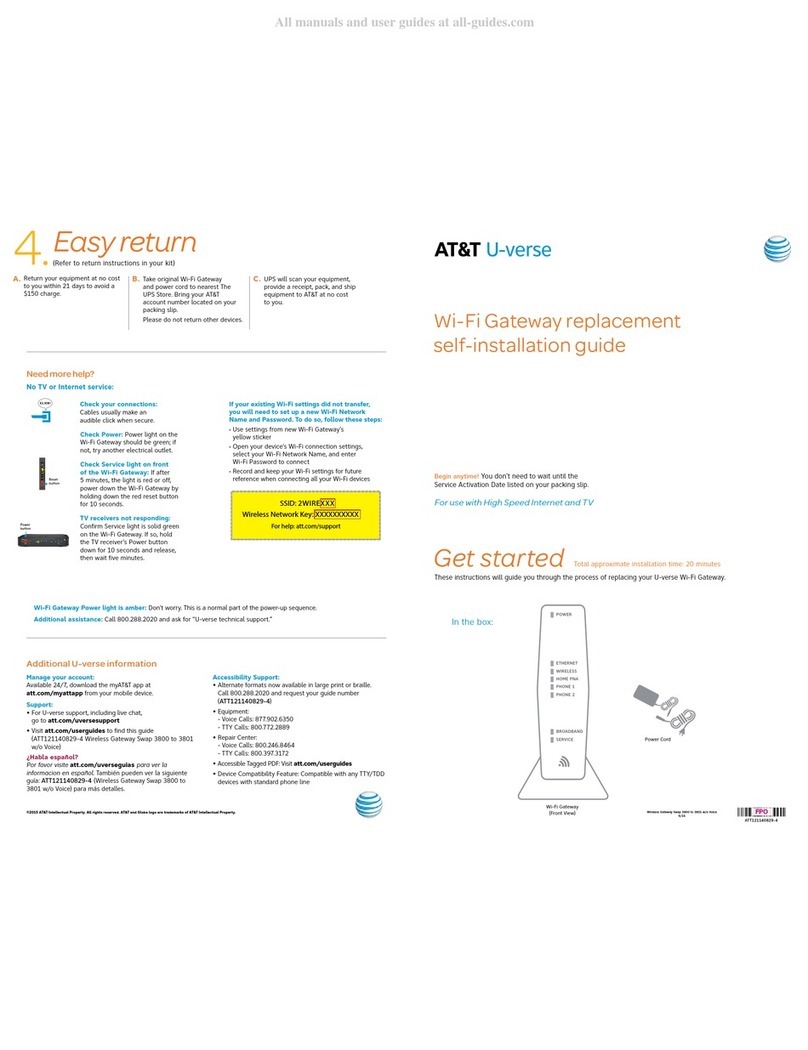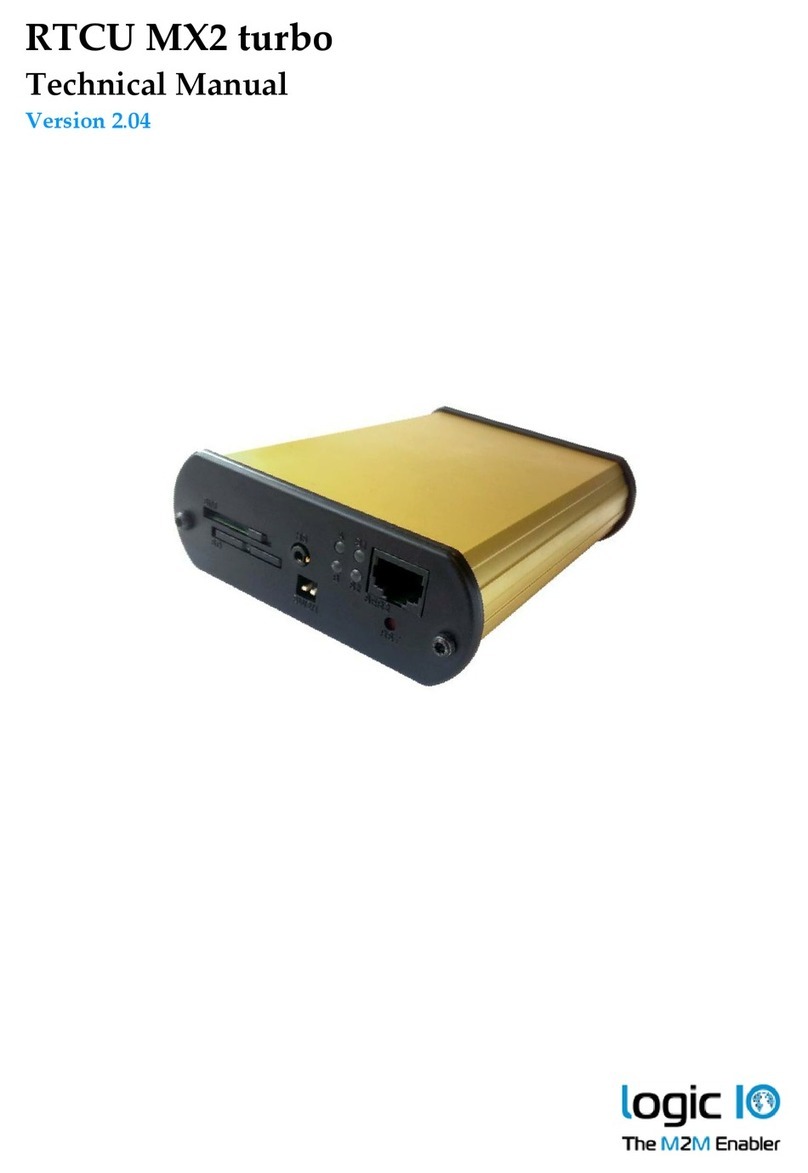
4Active Research Ltd 2023
Important Notices
Trademarks and Registered Trademarks
Actisense®and the Actisense logo are registered
trademarks of Active Research Limited (Ltd).
All other trademarks are the property of their
respective owners.
The NMEA®name and NMEA logo are copyright
held by the NMEA. All uses in this manual are
by permission and no claim on the right to the
NMEA name or logo are made in this manual.
Fair Use Statement
The contents of this manual may not be
transferred or copied without the express written
permission of Active Research Ltd. Copyright ©
2023 Active Research Ltd. All rights reserved.
Technical Accuracy
To the best of our knowledge the information
contained in this document was correct at the
time it was produced. Active Research Ltd cannot
accept liability for any inaccuracies or omissions.
The products described in this manual and the
specications thereof may be changed without
prior notice. Active Research Ltd cannot accept
any liability for differences between the product
and this document. To check for updated
information and specications please check
www.actisense.com.
Active Research Ltd will not be liable for
infringement of copyright, industrial property
rights, or other rights of a third party caused by
the use of information or drawings described in
this manual.
Product Registration
Please register your product via the online form
at www.actisense.com/support/prodreg.
Your product package includes a unit serial
number. The serial number is six digits long and
can be found below the barcode on the label.
Your registration will assist Actisense Support to
link your product to your details, simplifying any
future assistance you may require.
Product Guarantee
All Actisense products are provided with a 3 year
guarantee as standard. To activate the 5-year
guarantee offered with this product please
complete product registration online at www.
actisense.com/support/prodreg.
If you suspect that the unit is faulty please
refer to the Troubleshooting Section of the User
Manual before contacting support.
It is a requirement of the guarantee that all
installations of electronic equipment follow
the NMEA 0400 specication. Any connection
to a battery or power supply must meet the
mandatory essential safety requirements that
may be imposed by local regulatory agencies.
Actisense products are intended for use in a
marine environment, primarily for below deck
use. If a product is to be used in a more severe
environment, such use may be considered
misuse under the Active Research Ltd guarantee.
Product Disposal
Please consider the environment when disposing
of this product.It should be disposed of
according to the European WEEE Directive, or
according to the applicable local regulations for
the disposal of electrical equipment
The product packaging is recyclable.
All features and specications may change
without notice.

